

Josh Nevett
CarExpert's top five large SUV reviews of 2025
2 Days Ago
The Toyota RAV4 is one of Australia's best selling vehicles, but should you bother paying the extra coin for a hybrid variant?

Publisher
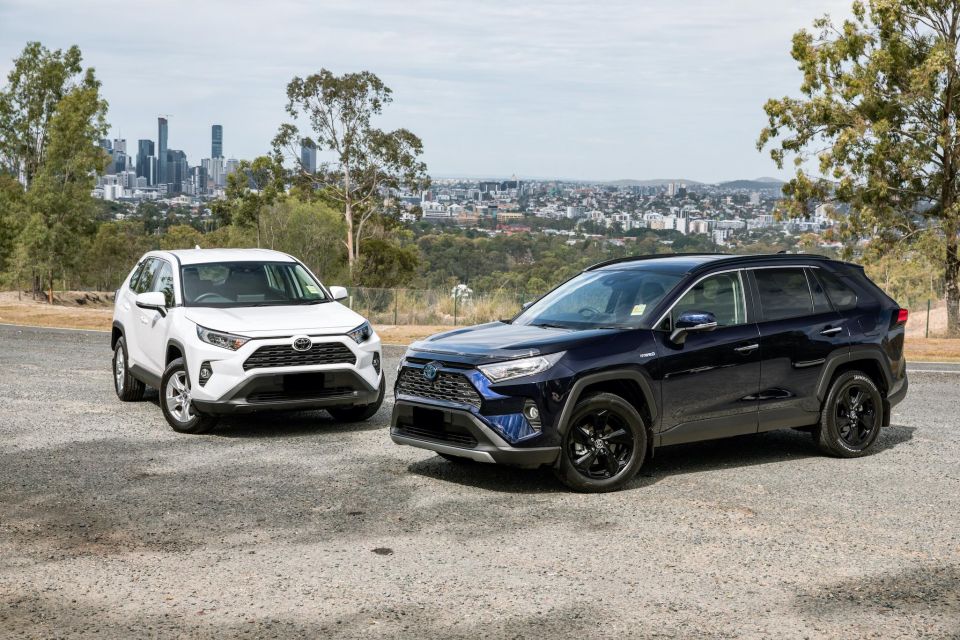

Publisher
If you have settled on the idea of a Toyota RAV4 and just need to pick the specification, you will encounter one rather obvious question: should you buy a hybrid?
Does electrification make sense for a family SUV? Is it worth the extra money? We set out to answer these questions using a detailed economy test with full breakdown of cost calculations.
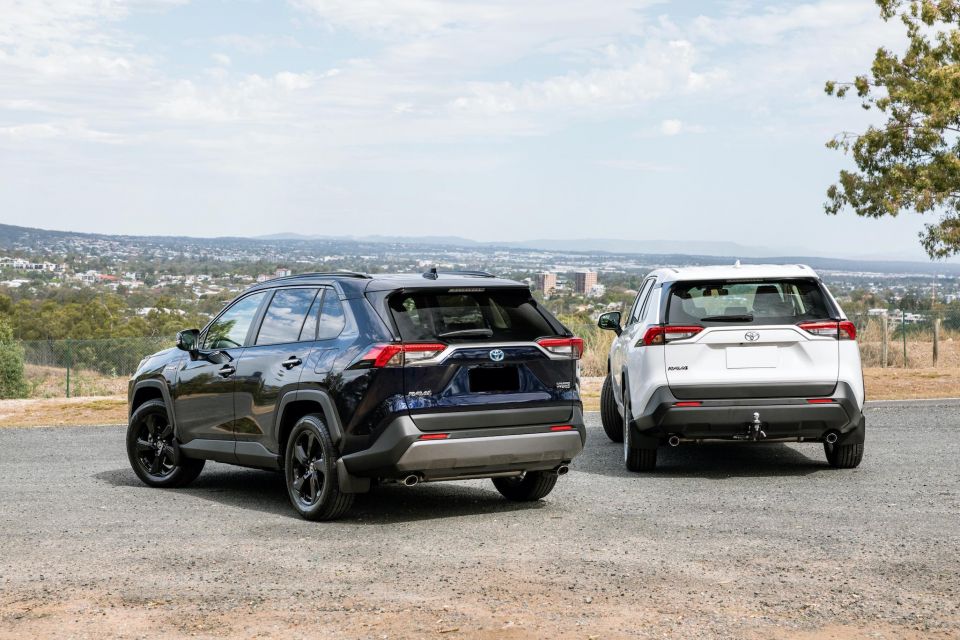
Both vehicles’ petrol tanks were filled to the point where fuel began to spill out. Both vehicles were driven normally and with no additional effort put in to save fuel.
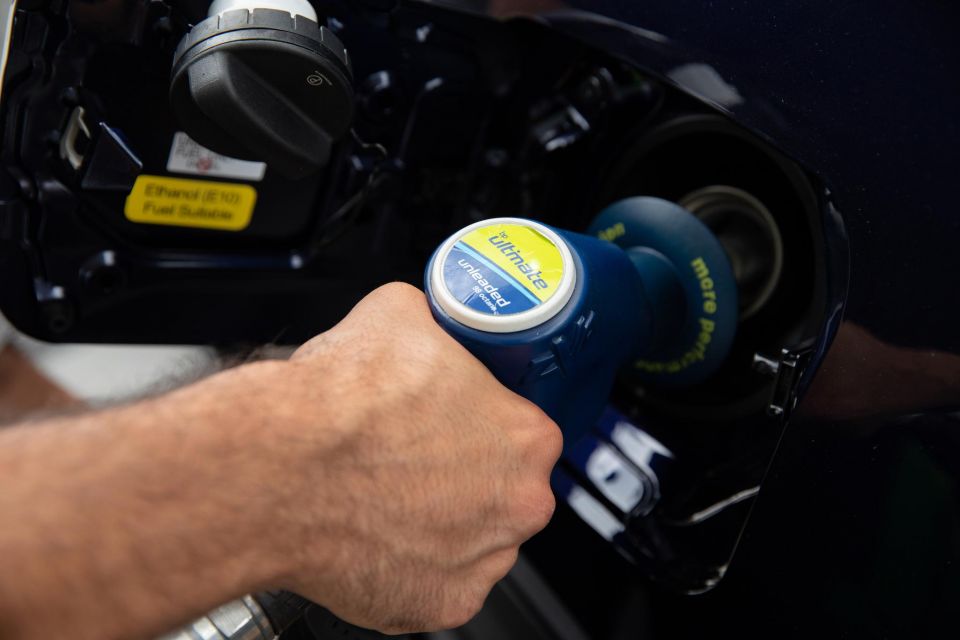

A 52km loop that captured highway, city and country roads followed, with both vehicles driven the same distance and the two drivers swapped halfway for the return trip.
Both vehicles were then refilled to the brim using the same fuel pump. We filled to the first pump ‘click’, allowed the petrol five seconds to settle, before adding additional fuel before the second pump ‘click’.
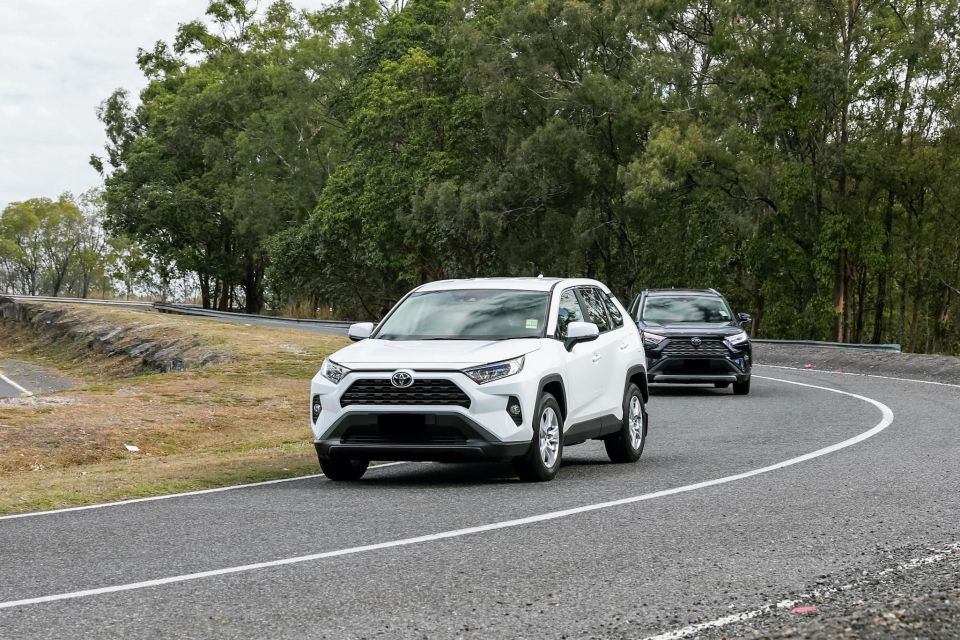
Australians love the Toyota RAV4, so much so it accounts for one in four medium SUVs sold here in 2020. That number would likely have been higher if the Japanese manufacturer could make enough hybrids to meet demand.
There is also no denying that the RAV4 is a genuinely great choice for buyers looking for a spacious SUV and our own reviews of the car have said as much. So if you have chosen a RAV4, you have chosen well.
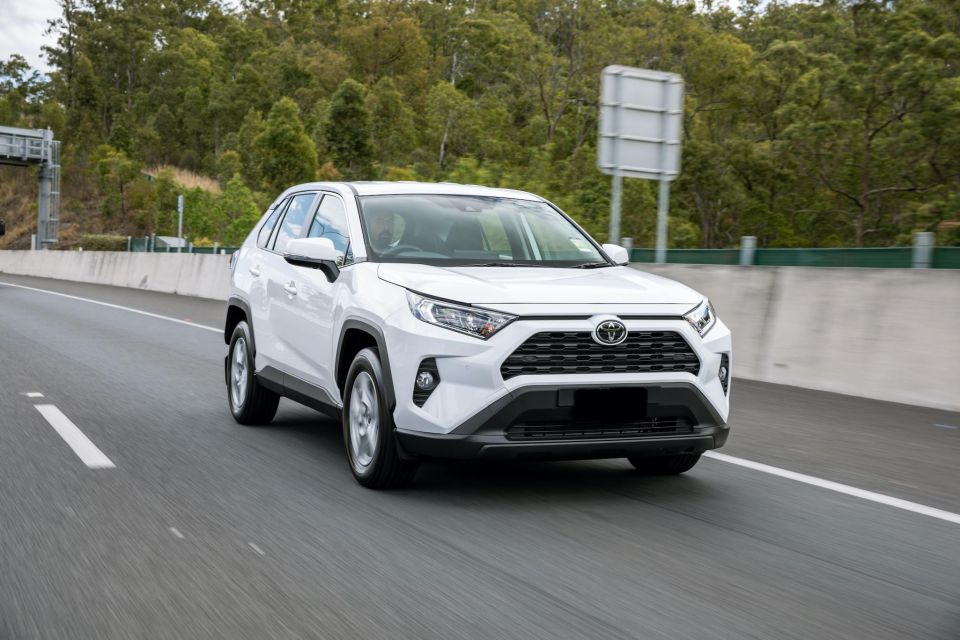
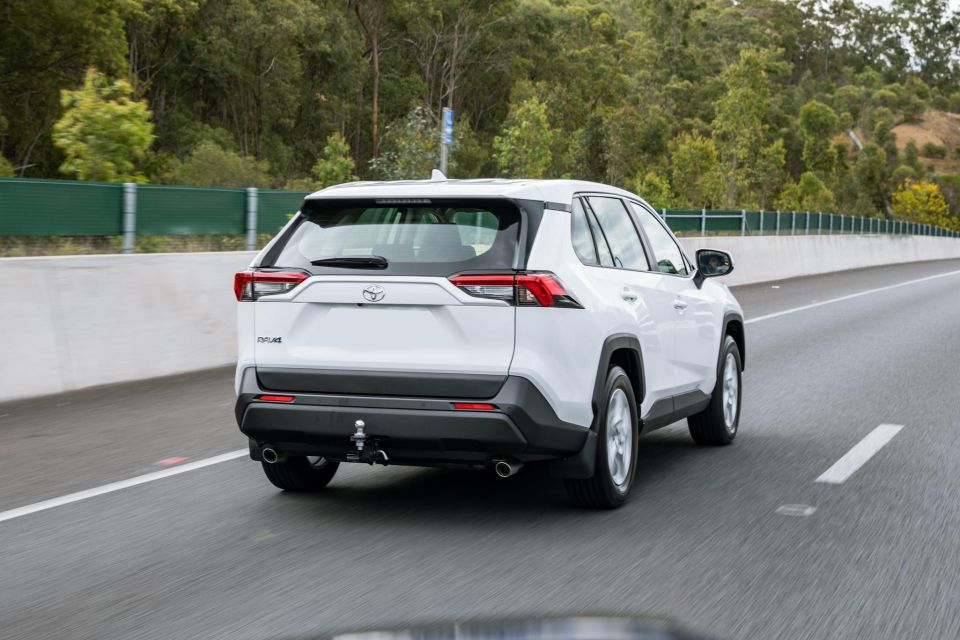
But there are still more choices to be made. Buying a car these days can be stressful simply because consumers have too much choice.
If you are in that situation, don’t feel overwhelmed, we have all been there. In fact, there is a psychological term known as ‘overchoice’ or choice overload, which is classified as a cognitive impairment whereby an individual cannot make a choice when faced with too many options.
In the case of the Toyota RAV4, Toyota Australia offers 11 choices. Six hybrids and five petrols ranging from front-wheel drive to all-wheel drive and four different levels of equipment specification. You can read about the Toyota RAV4 pricing and specification in more detail.


So, should you buy a Toyota RAV4 Hybrid? Or save the cash and go for a regular petrol model?
Toyota has been pushing hybrid technology now for over 20 years, with its pioneering Prius taking the world by storm much in the same way that Tesla is doing now with its electric cars. There is nothing new or risky about buying a hybrid vehicle. In fact, they are becoming very much the norm as more car companies strive to meet ever stringent emission regulations.
Originally, the idea of the hybrid vehicle was for it to save fuel and reduce emissions. These days those factors are still very much prominent however that old concept of ‘slow and sluggish’ is no longer the case. In fact, you can arguably buy the RAV4 hybrid not to save fuel, but to have a better-performing car.
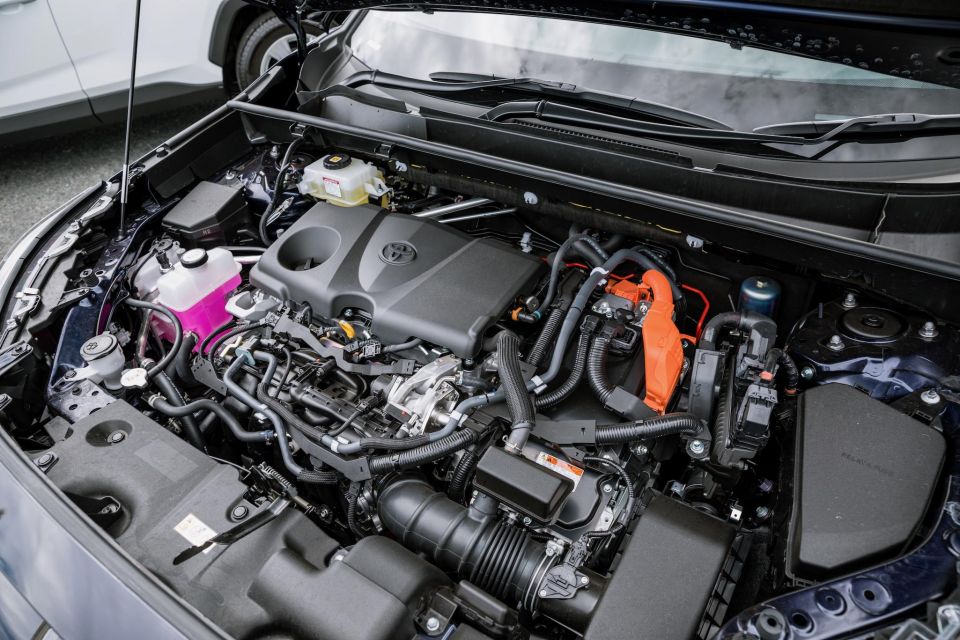
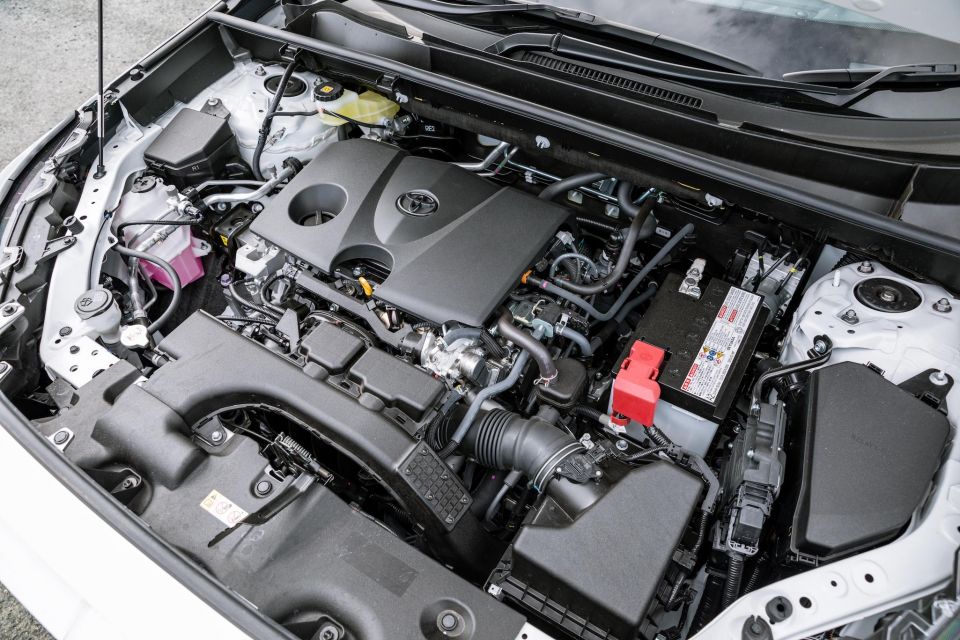
For our test we went the opposite extremes. The most efficient and cheapest standard petrol Toyota RAV4 GX 2WD 2.0-litre vs the most expensive and thirstiest of the hybrids, the 2.5-litre RAV4 Hybrid Cruiser AWD. The idea here was to give the petrol its best chance to upset the hybrid.
Toyota claims the 2.0-litre in the RAV4 petrol uses 6.5 litres of 91 RON per 100km while the other car in our test, the 2.5-litre RAV4 Hybrid AWD, is rated at 4.8L/100km.
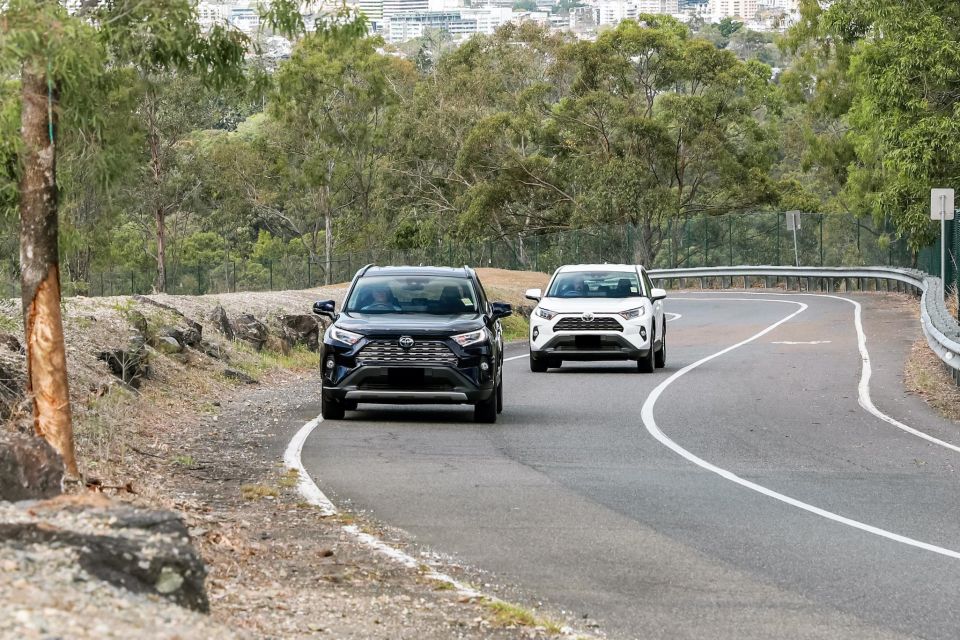
The standard 2.0-litre has 127kW of power and 203Nm of torque while the hybrid has a maximum power output of 163kW from the motors and petrol engine, and 221Nm of torque from the petrol engine plus a whole lot more from the hybrid system (more on that below).
There is a roughly 70kg weight penalty added by the hybrid system.
The price difference between the equivalent Toyota RAV4 petrol and its hybrid variant is just $2500.
Essentially, you are paying $2500 for the hybrid system that includes a 6.5Ah nickel metal hydride battery and two or three AC synchronous electric motors (2WD former, AWD latter) that generate a maximum theoretical 202Nm and 121Nm of torque respectively.
You can’t just add those torque figures together to the petrol engine output for a total figure as the electric motor is not able to work at that capacity all the time, at all speeds.
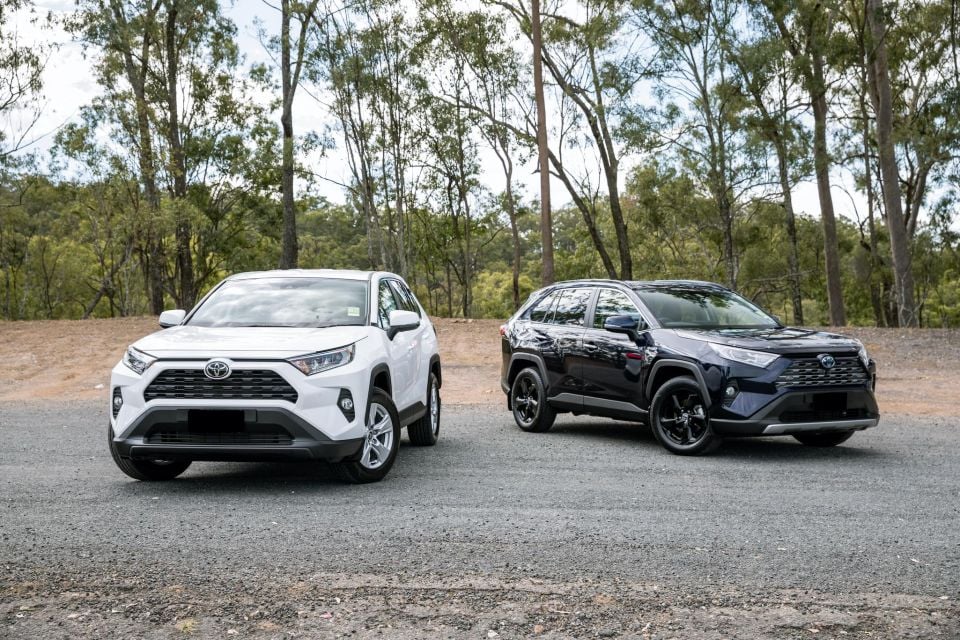
When you think about the engineering work and even just the hardware that would have to go into two individual motors attached to the wheels and the battery itself, that price difference seems pretty damn reasonable.
For the basis of this comparison we have taken the base price of 91 RON petrol at $1.20 – roughly 10 cents higher than the current average at time of publication – but we have also modelled the calculations based on petrol prices rising up to $1.50 per litre in time. We did, however, use 98 RON fuel for the test.
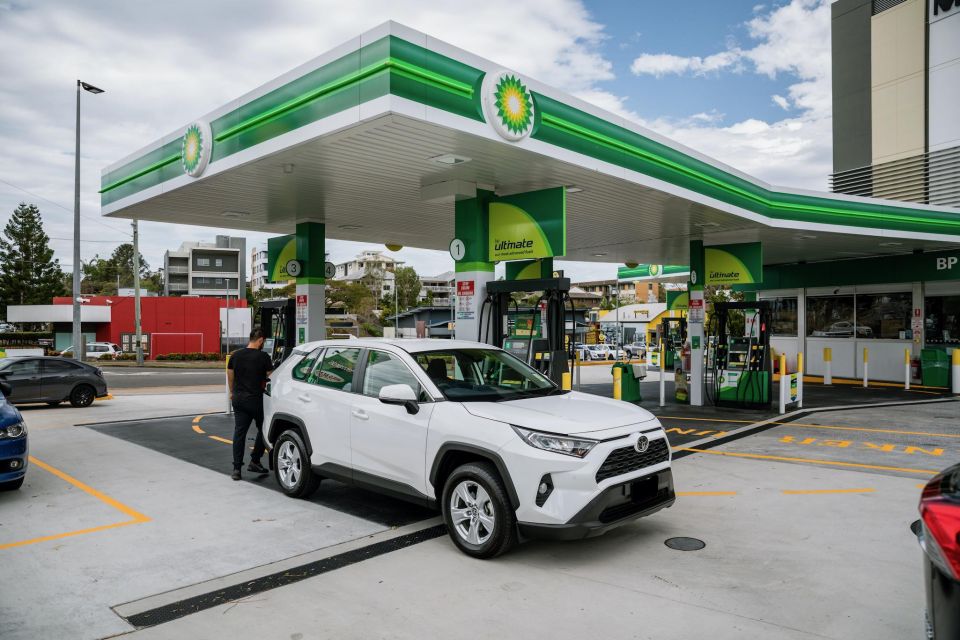
Based on our test:
Interestingly, despite having reset both trip computers on both cars, the reading from both was higher than the actual fuel usage, however, that figure is a rolling estimate for what to expect given the current driving style, rather than what had just occurred.
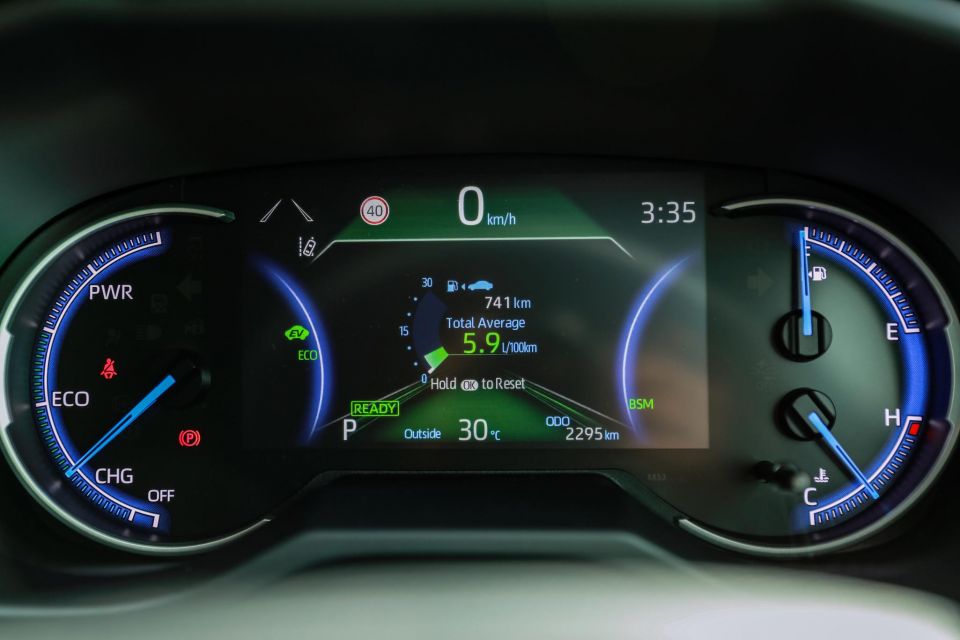
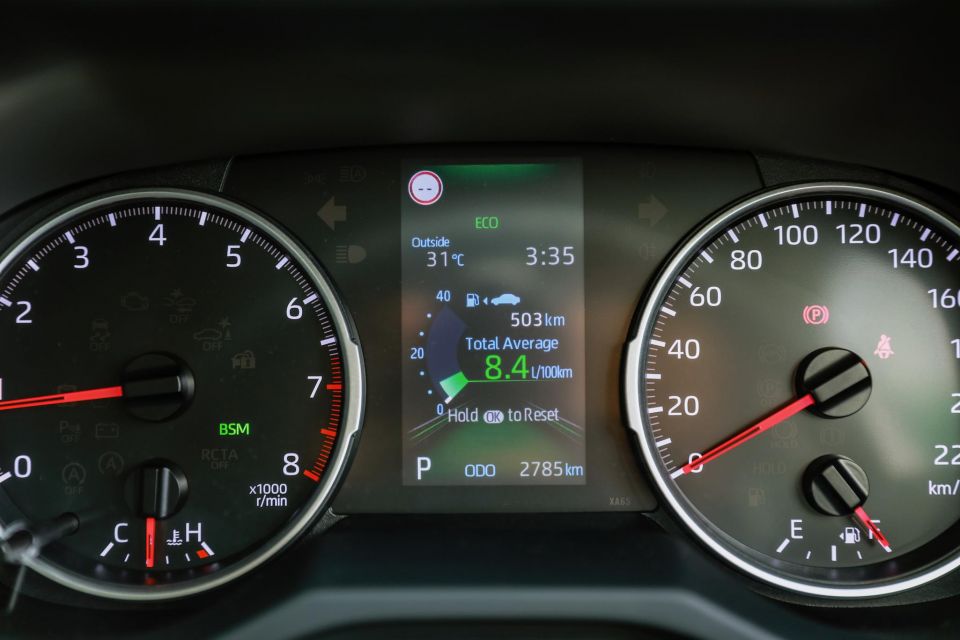
Using those calculations of 2.03L/100km difference and the price of petrol at $1.20, you are saving $2.43 per 100km by buying an AWD hybrid with significantly more power and torque over a front-wheel drive petrol.
Divide $2500 (the difference in cost between hybrid and non-hybrid) by $2.43 and you will need to drive 102,880km to make up your money on fuel savings alone. If fuel goes up to $1.50, you are saving $3.04 per 100km, which brings that total km count down to about 82,000km before the hybrid has paid for itself.
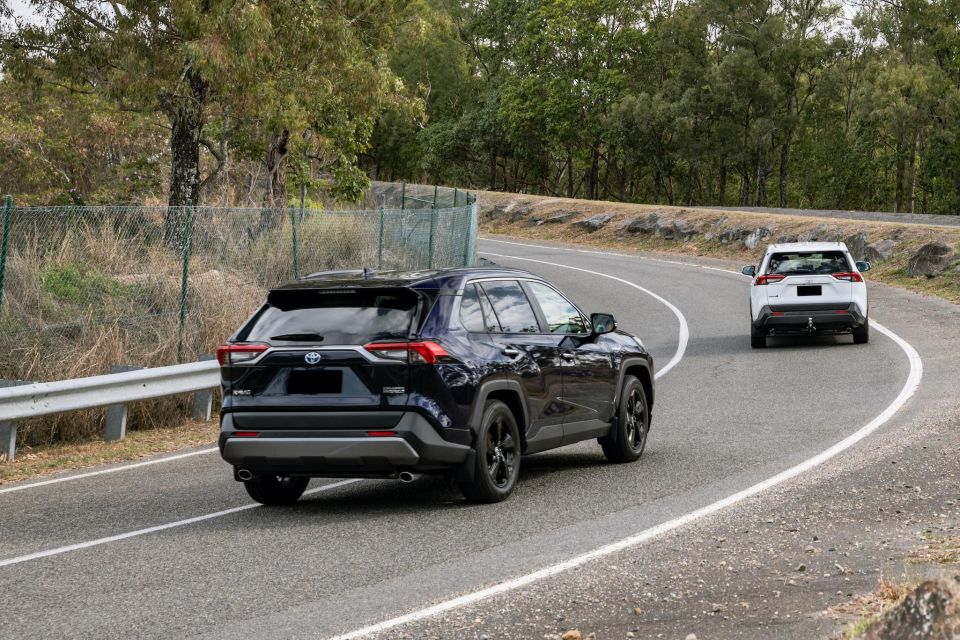
If for whatever reason the price of fuel goes up even further, to say $1.70, that distance is further reduced to about 60,000km before the hybrid has recoups its cost.
Both the non-hybrid and hybrid models cost $215 per service that comes every 12 months or 15,000km for the first four years.
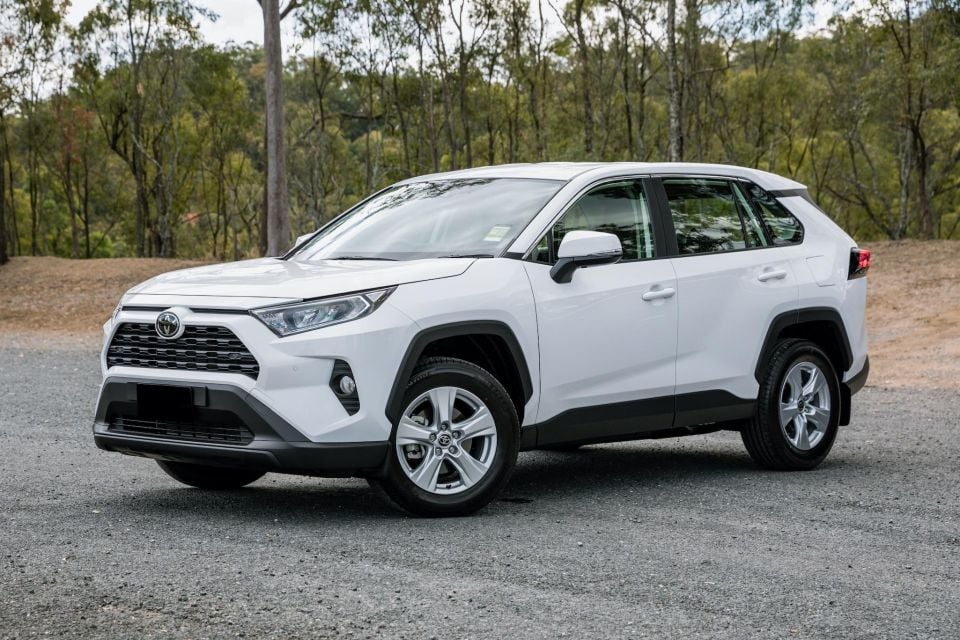
It’s important to remember that the 2.0-litre petrol is the more efficient of the two non-hybrid models. Toyota offers a 2.5-litre petrol only engine in the top of the range RAV4 Edge which is actually more expensive ($47,140) than the most expensive of hybrids and will most definitely use more fuel than seen here. But that also has a more off-road flavour.
Realistically, there are other factors in this equation as well that we have not taken into account for purposes of simplicity.

Where expert car reviews meet expert car buying – CarExpert gives you trusted advice, personalised service and real savings on your next new car.
Firstly, the hybrid vehicle is simply a far better drive as a daily. It has more power, more torque and overtaking on the highway is a breeze compared to the 2.0-litre petrol. The hybrid is also quieter when you’re stuck in traffic and it’s much smoother in how it goes about the driving experience as a whole.
Another fact to consider is despite the hybrid costing $2500 more – which you will eventually make back in fuel savings alone – it will more than likely have better resale, as second-hand buyers want to also save on fuel.
One can argue that the $2500 you have spent at the beginning is an investment into the hybrid, and you will actually get some of this back when you sell the car in four or five years, making that equation for kilometre to cost recuperation even more attractive.
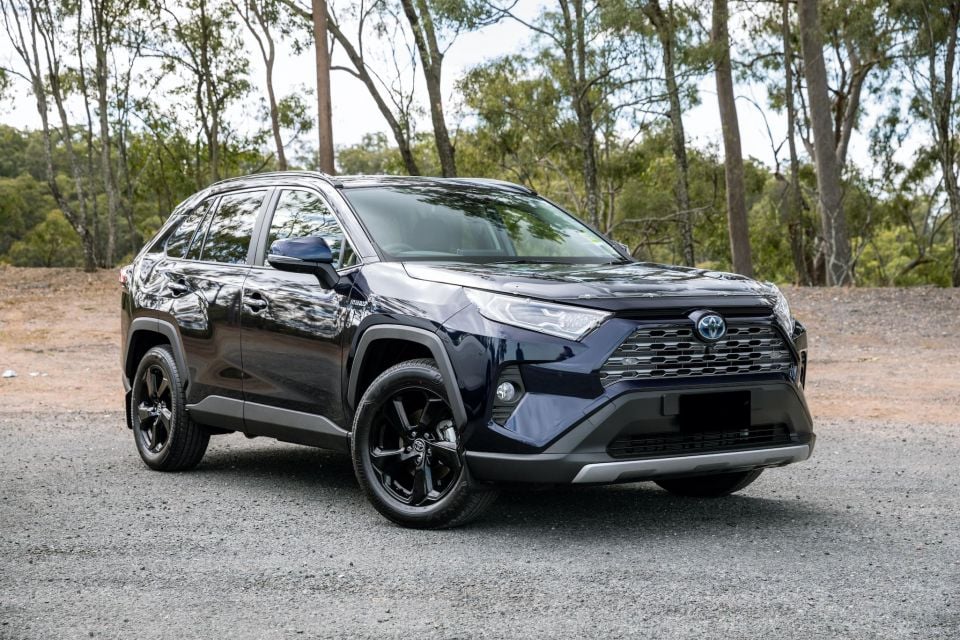
When we set out to do this comparison, the aim was actually to prove that the hybrid wasn’t worth the wait and extra money, but the fact of the matter is, the numbers don’t lie and the hybrid makes significantly more sense than the standard car, no matter how you look at it.
If you’re stuck between buying a hybrid or a petrol Toyota RAV4, the answer is buy a RAV4 hybrid, without a shadow of doubt. It might mean you will wait another few months as they are in high demand, but in the long run, it’s the best choice financially, environmentally and also just for driving enjoyment alone. $2500 well spent.
Share your thoughts with us in the comments below!
Alborz Fallah is a CarExpert co-founder and industry leader shaping digital automotive media with a unique mix of tech and car expertise.
Share your thoughts and write a review of a car you own and get featured on CarExpert.


Josh Nevett
2 Days Ago


CarExpert.com.au
3 Days Ago


Josh Nevett
4 Days Ago


Max Davies
4 Days Ago


Damion Smy
5 Days Ago


Max Davies
5 Days Ago